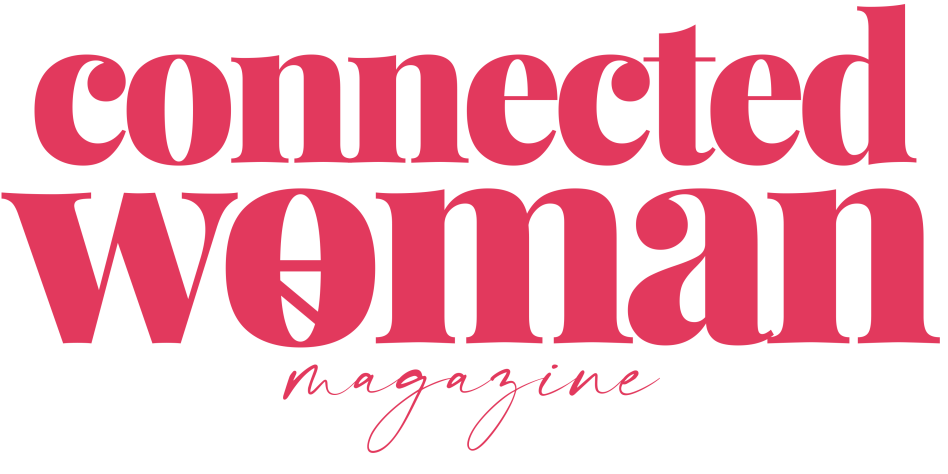Hidden Stories by Mary Lou Stark
I saw two movies this year that were both very good and very surprising in what I learned from each of them. Each time I walked away from the theater asking why I was surprised. I’m an intelligent woman, well read, with a higher education.
Yet, I was surprised.
 The first movie was Sully. Its focus was on the NTSB hearings following the miracle landing of Flight 1549 on the Hudson River in 2009. I grew up in an airline family. My dad was in middle management with TWA (Trans World Airlines). Heroic landings such as Sully’s are never missed or ignored by my internal radar. I followed the story with interest. Yet I never saw or heard a word about the investigation and the hypothesis that it might have been better to try to return to LaGuardia Airport or land in New Jersey rather than on the water.
The first movie was Sully. Its focus was on the NTSB hearings following the miracle landing of Flight 1549 on the Hudson River in 2009. I grew up in an airline family. My dad was in middle management with TWA (Trans World Airlines). Heroic landings such as Sully’s are never missed or ignored by my internal radar. I followed the story with interest. Yet I never saw or heard a word about the investigation and the hypothesis that it might have been better to try to return to LaGuardia Airport or land in New Jersey rather than on the water.
I live in South Carolina now so I thought perhaps that was why I hadn’t heard about it. I checked with a friend who has lived in New Jersey for years. She hadn’t heard a word about the investigation before the movie was released either.
On to the next movie – Hidden Figures – about the black women, mathematicians who were referred to as colored computers, who were part of the space development team at NASA before, during, and after the early manned space flights of the United States.
I had never heard of these women before the public relations work on this movie began. I lived in Maryland outside the District of Columbia for close to fifteen years, not far from another NASA campus in Greenbelt. I knew several people, both men and women, who worked for NASA, but had never heard any of this story before.
Why? Parts of their stories and the way they were treated remind us of parts of our recent history we would prefer to forget – separate (and NOT equal) facilities and schools, the Civil Rights movement of the 60’s that obviously wasn’t totally successful, guilty until proven innocent.
However, the more I reflect on these hidden stories, the more I am drawn to society’s desire to have our heroes fit a certain mold – strikingly attractive white males – whether they be the older statesman with the greying mustache of Captain Chesley “Sully” Sullenberger or the cute young astronaut John Glenn.
Any hint that Sully was less than a hero had to be kept from the general public. And certainly there couldn’t be any females, especially “colored” ones, smart enough to be a critical part of the successful space program. Yet these women were mathematicians, engineers, and the first people – men or women, black or white – to work with the new IBM mainframe installed at NASA’s Hampton, VA, location.
So back to my earlier question – Why? Why keep this hidden? Protecting our image of a hero could be part of it.
Going another layer deeper we find the desire/need to protect ourselves from having to look at parts of ourselves that we would prefer to forget.
We all have selective memories. When we look too closely at past experiences we end up reliving the feelings and fears we experienced at the time.
Our intention then was to succeed. Our fear could have been of failure – stopping short of achieving our goal. Or, as Marianne Williamson has said, we could have feared achieving grand and glorious success.
Either way, one of the best ways to learn the lessons from an experience is to re-live it, looking at the actions we did (and did not take) and asking ourselves why.
Here are some questions you can use to take yourself through your own personal debriefing.
What was my goal/intention when I began?
- What steps did I considered taking?
- With each step, did I take it or not? Why or why not?
- Was fear a factor?
- Did I move through the fear?
- Did I achieve my goal?
- How did it feel? What did I learn about myself?
They say experience is the best teacher. Some lessons are learned easily. Other times our vision is clouded. We are challenged to move through a fog caused by fear. We get to the other side and wonder why we even did it. Reflecting on an experience after the smoke is gone, being willing to look at all aspects of it, allows us to tuck the experience into our memory banks as a tool to help get us through the next challenge.
